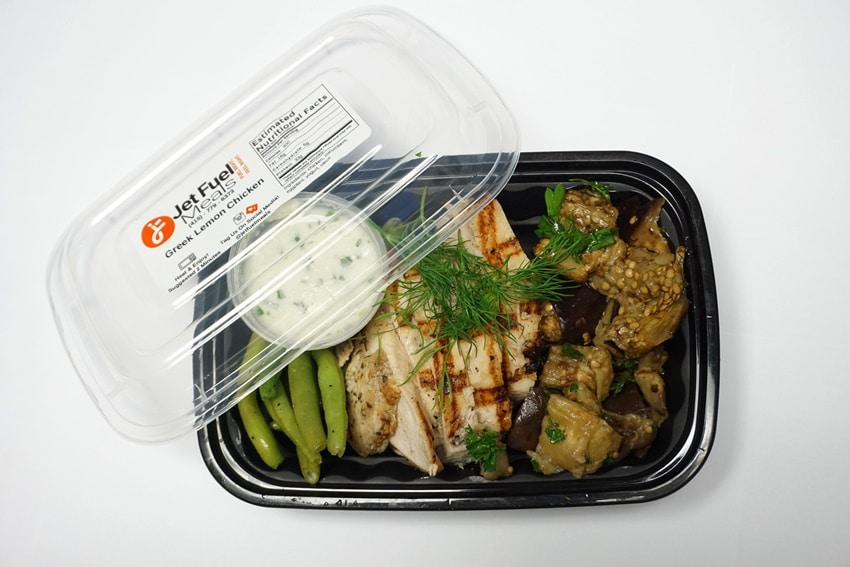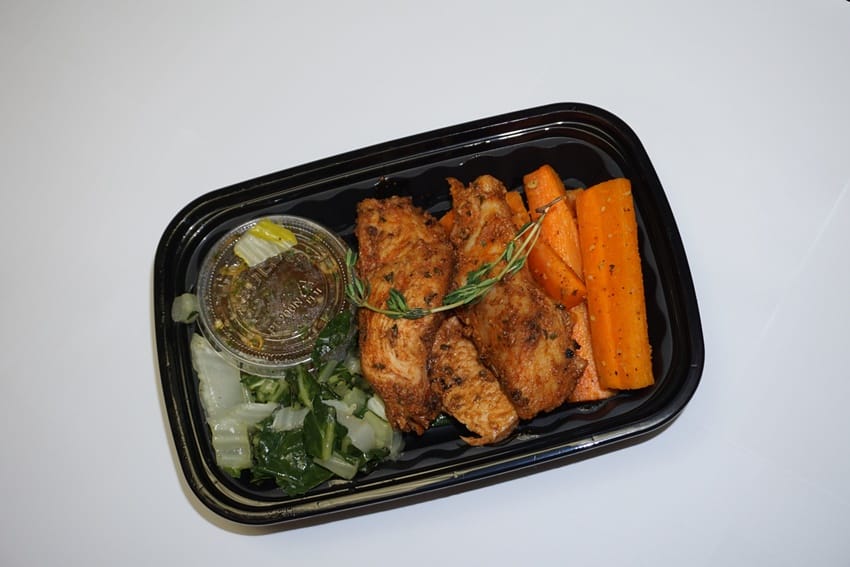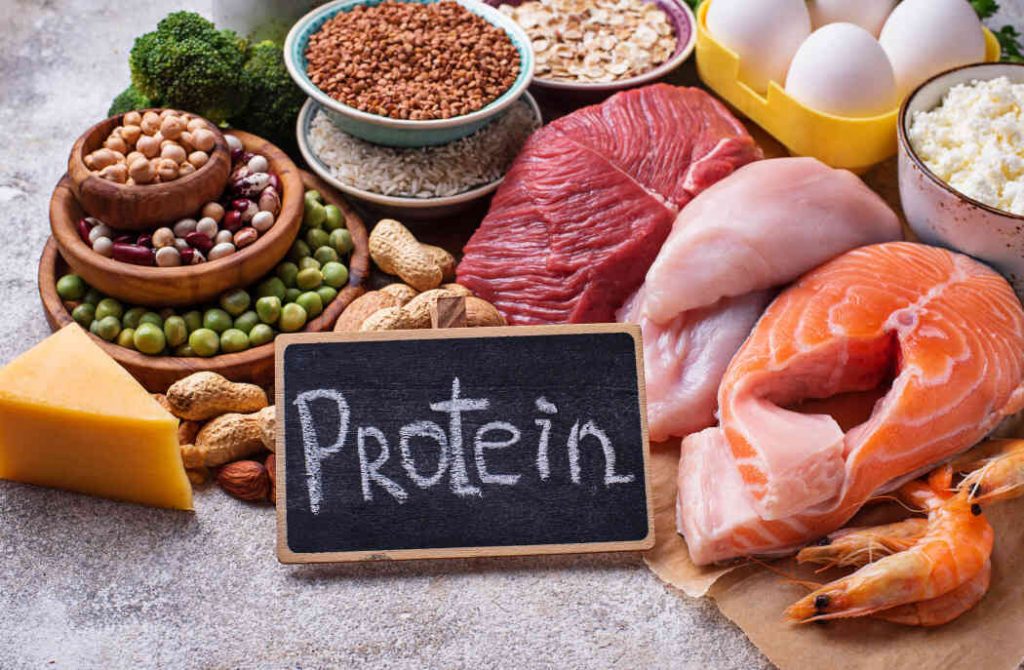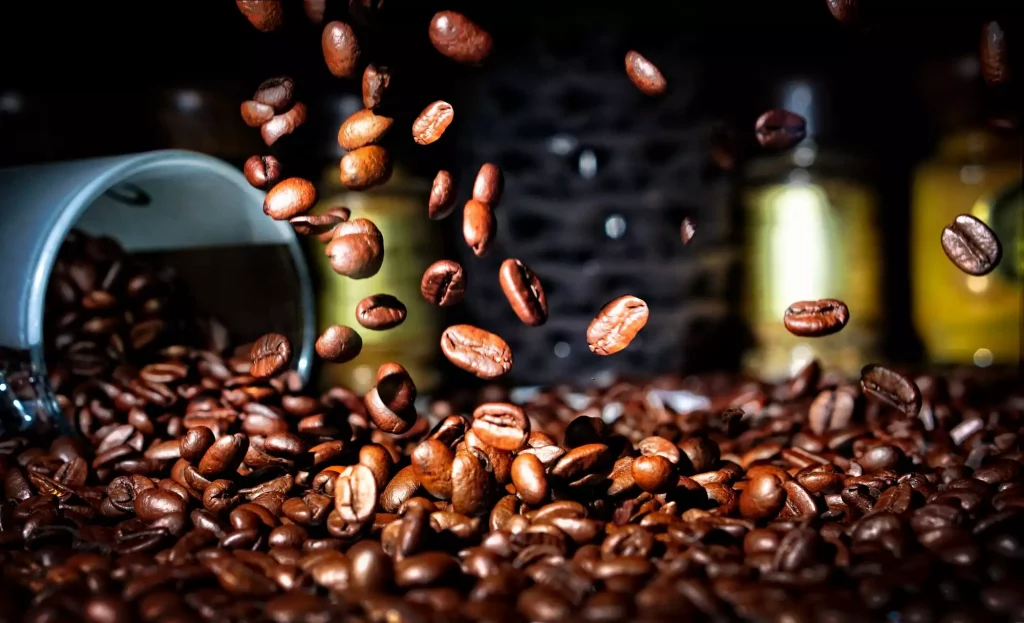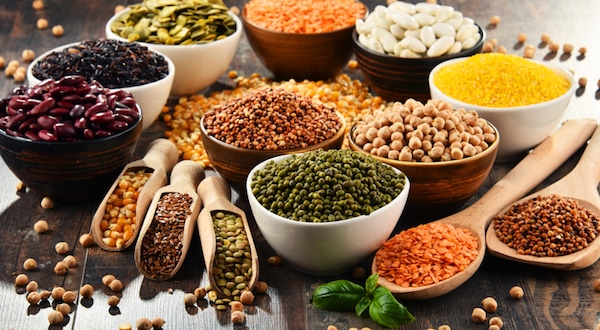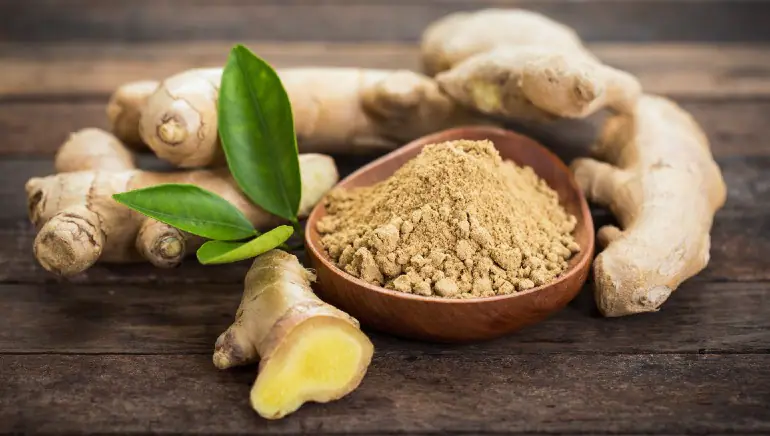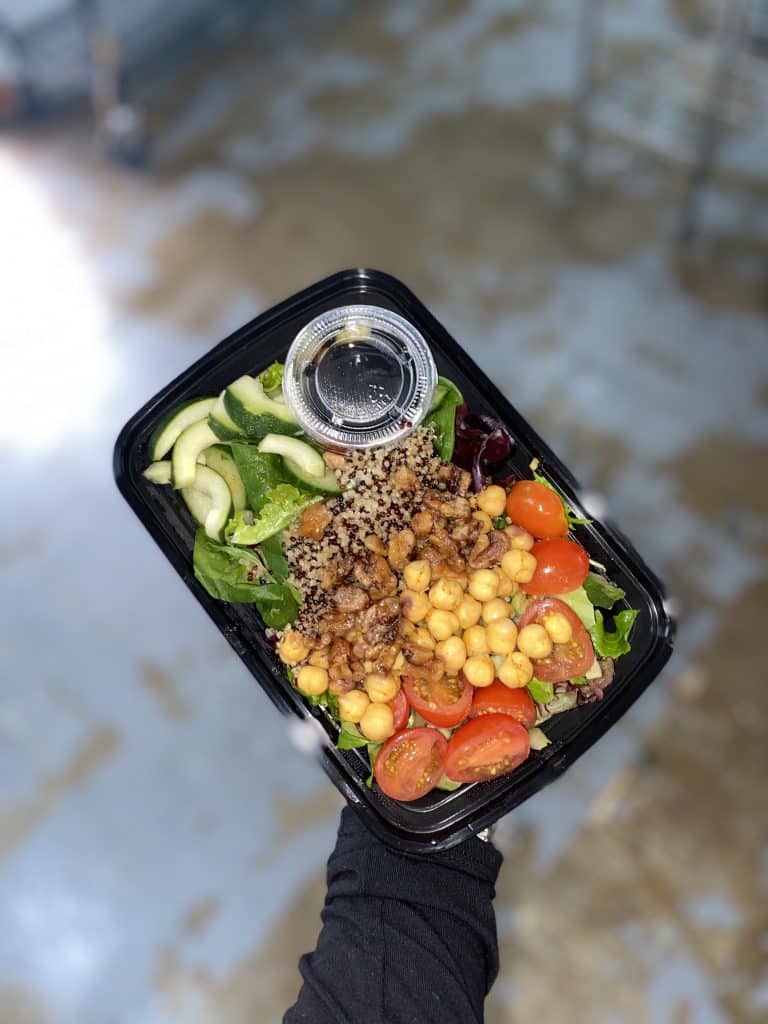
Portion control – we’ve all been there, right? It’s like trying to solve a Rubik’s cube while you’re hangry. Not fun. But what if I told you there’s a way to boss your portions without turning mealtime into a math class?
Portion Control Plates: Your Personal Nutritionist
First things first – what’s a portion control plate? It’s a specially designed dish with sections that show you exactly how much of each food group to eat. Think of it as your personal nutritionist, right there on your table!
Now, let’s dive into why these plates are the unsung heroes of balanced eating in Miami:
- No more guesswork: Say goodbye to the “is this too much?” struggle.
- Visual magic: These plates show you exactly what a balanced meal looks like. It’s like having a nutritionist guide your hand at every meal.
- Stress-free eating: No more stressing about overeating. The plate does the thinking for you.
- Customizable for your goals: Whether you’re trying to bulk up for South Beach or slim down for Ultra, these plates have got your back.
- Better digestion: When you eat the right amount, your body says “gracias!”
The Visual Power of Portions in Mindful Eating?♀️
Listen up, ’cause this is where the real magic happens. Visual cues and mindful eating are like the dynamic duo of healthy eating habits. Here’s why they’re so darn important:
Visual Cues: Your Eyes Are the Key to Your Stomach
You know how they say we eat with our eyes first? Well, it’s true! Visual cues play a huge role in how much we eat. Here’s the deal:
- Size matters: Bigger plates trick your brain into thinking you need more food. Portion control plates keep things in check.
- Spatial awareness: When you see your food laid out in proper proportions, it’s easier to stick to them.
Mindful Eating: Slow Down and Savor, Miami!
In a city that moves as fast as Miami, it’s easy to scarf down your food without thinking. But mindful eating can be a game-changer:
- Appreciate your food: Take a sec to really look at your plate. Admire those colors!
- Chew slowly: Put your fork down between bites. Your food ain’t going nowhere!
- Listen to your body: Pay attention to when you’re full. It’s not a competition to clean your plate.
- Enjoy the experience: Eating should be fun, not a race. Savor those flavors!
Using portion control plates naturally encourages mindful eating. You’re more aware of what you’re putting on your plate, which leads to being more aware of what you’re putting in your body. It’s like a mini meditation sesh with every meal! ?
Balanced Nutrition: It’s All in the Portions ?
Here’s the deal – nailing balanced nutrition isn’t just about what’s on your plate, it’s about how much. The World Health Organization (WHO) says getting your portions right is key to staying healthy and keeping those extra pounds off. Who knew your plate could be such a health hero?
Nutrient Breakdown for Every Miami Lifestyle ?️♀️?♀️?♂️
Alright, let’s get into the nitty-gritty of nutrients for different lifestyles. Your portion needs can vary big time depending on what you’re aiming for:
- Muscle Gain for Gym Buffs:
- Pump up the protein: We’re talking lean meats, fish, and legumes for those amino acids
- Complex carbs: Whole grains for sustained energy and fiber
- Healthy fats: Avocados and nuts for those omega-3s and 6s
- Key nutrients: Creatine, branched-chain amino acids (BCAAs), and zinc
- Weight Loss Warriors:
- Lean proteins: Fish, chicken breast, tofu to keep you feeling full
- Fiber-rich veggies: Broccoli, spinach, kale for volume without the calories
- Smart carbs: Quinoa, sweet potatoes in smaller portions
- Key nutrients: B vitamins for metabolism, vitamin C for fat burning
- Maintaining Weight Like a Pro:
- Balanced macros: Equal portions of proteins, carbs, and fats
- Variety of colors: Eat the rainbow for a mix of antioxidants
- Key nutrients: Magnesium for energy, potassium for balance
- Pescetarian Pals:
- Fatty fish: Salmon, mackerel for those omega-3s
- Plant proteins: Beans, lentils for fiber and protein
- Whole grains: Brown rice, barley for B vitamins
- Key nutrients: Iodine from seaweed, vitamin D from fish
- Plant-Based Powerhouses:
- Legume love: Chickpeas, black beans for protein and iron
- Nutrient-dense grains: Quinoa, amaranth for complete proteins
- Seeds and nuts: Chia, flax for omega-3s and zinc
- Key nutrients: B12 supplements, iron from leafy greens
Snack Attack: Portion Control for the Munchies
Let’s talk snacks, ’cause we all know that’s where things can get crazy fast. Snack control plates are like the mini-me of portion control, perfect for keeping those mid-day cravings in check.
Nutrient-packed snack ideas:
- A handful of almonds (hello, vitamin E!) and berries (antioxidant powerhouse)
- Carrot sticks with hummus (beta-carotene meets protein)
- Greek yogurt with a sprinkle of chia seeds (probiotics and omega-3s, baby!)
- Apple slices with almond butter (fiber and healthy fats)
Remember, snacks should be like a quick pit stop, not a full-on meal!
Making It Work in Miami: When Cooking’s a No-Go
Let’s be real – sometimes whipping up a perfectly portioned meal feels like trying to parallel park on South Beach. That’s when Jet Fuel Meals swoops in to save the day!
We get it – you wanna eat right, but you also wanna live it up in the Magic City. That’s why we’ve got you covered with our portion-controlled meals delivered fresh to your door three times a week. It’s like having a personal chef and nutritionist, minus the celebrity price tag!
Here’s the kicker: we control the portions AND the nutrients based on your goals. Bulking up? We’ll pump up the protein and complex carbs. Slimming down? We’ll focus on lean proteins and fiber-rich veggies. Just maintaining? We’ll keep everything balanced.
And check this out – each meal comes with all the nutritional info you need. We’re talking macros, vitamins, minerals, the whole shebang. No more guesswork or late-night Googling “how much protein in chicken breast?”
So next time you’re feeling overwhelmed by the idea of planning and prepping nutrient-balanced, portion-controlled meals, remember that Jet Fuel Meals has got your back. We’re here to make healthy eating in Miami as breezy as an afternoon on South Beach.
Whether you’re rocking portion control plates at home or letting us do the heavy lifting, the goal is to feel good, fuel your body right, and live your best Miami life. You’ve got this, chico! ?




